Teaching preschoolers to love STEAM
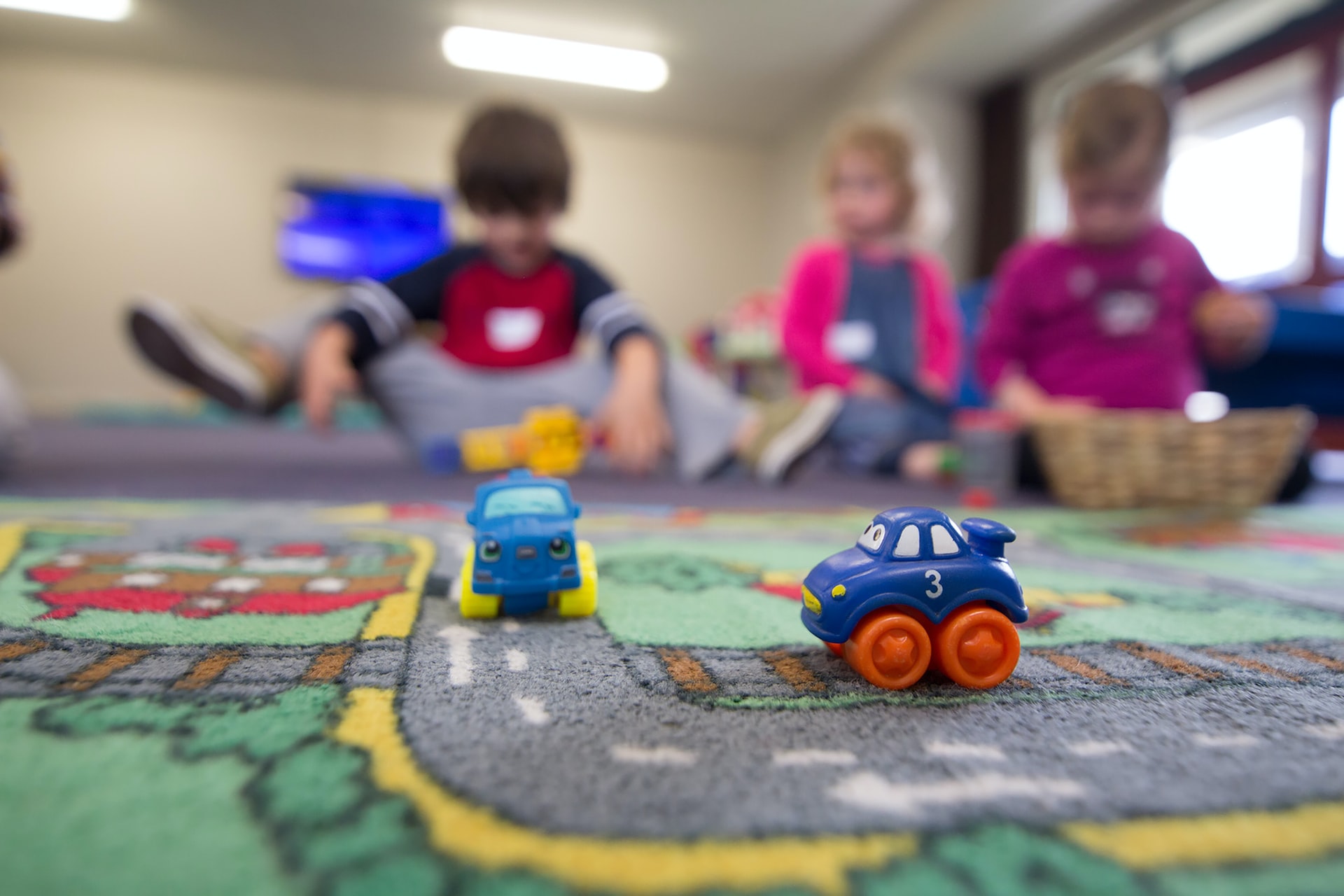 Photo by BBC Creative on Unsplash
Photo by BBC Creative on Unsplash
It starts with a spirit of inquiry, and also involves turning a robot into a bird—discover how science and art merge together in engaging ways.
- 0 Comments
- Mar 4, 2021 10:00:00 AM
- Posted by Natalia Galvis
- Topics: Robotics, About the Robots, EdTech, STEM, Curriculum, teachers, Coding, students, programming, Technology, Edchat, Digital Technology, teaching, online, lessons, eLearning, Automation
Simple Hacks to Improve Online Assessment
 Photo by Glenn Carstens-Peters on Unsplash
Photo by Glenn Carstens-Peters on Unsplash
Formative evaluation strategies can work well in online classrooms—with a few small adjustments.
- 0 Comments
- Mar 3, 2021 10:00:00 AM
- Posted by Natalia Galvis
- Topics: Robotics, About the Robots, EdTech, STEM, Curriculum, teachers, Coding, students, programming, Technology, Edchat, Digital Technology, teaching, online, lessons, eLearning, Automation
Gamification in Education: Rewards and Improvement-based Learning
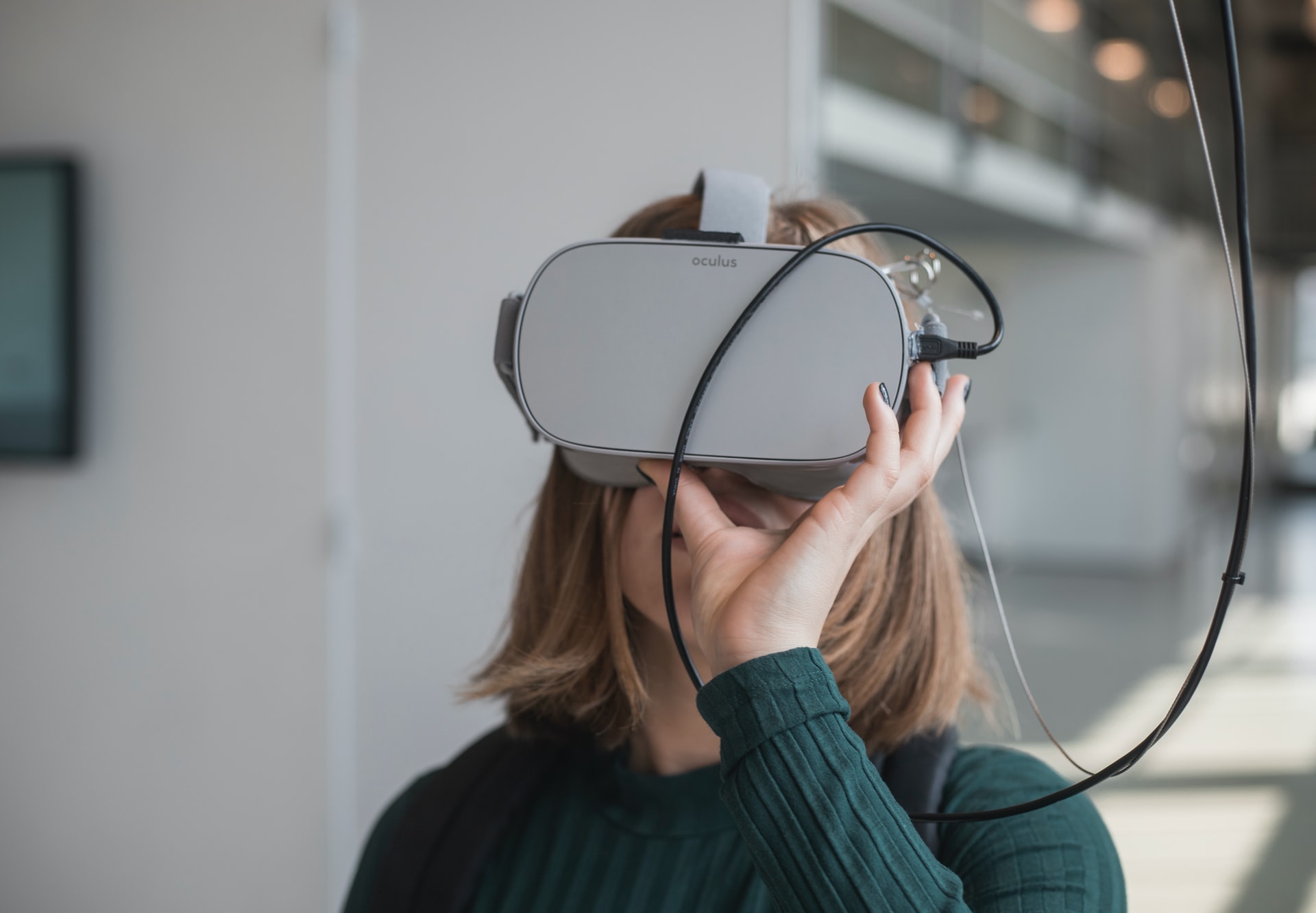 Photo by Maxim Hopman on Unsplash
Photo by Maxim Hopman on Unsplash
Gamification in education has been the talk of the town for quite some time now, especially for the benefits a class can derive from a learning system based on rewards and improvements.
The use of game-design elements in non-game contexts, like education, has some untapped potential that can represent the next idea to make your online learning schedule even more engaging and entertaining.
- 0 Comments
- Mar 2, 2021 10:00:00 AM
- Posted by Natalia Galvis
- Topics: Robotics, About the Robots, EdTech, STEM, Curriculum, teachers, Coding, students, programming, Technology, Edchat, Digital Technology, teaching, online, lessons, eLearning, Automation
How STEM Learning has Evolved in COVID-19
By Lauren Groff
Of course, COVID-19 has had an impact on the world like no other event, and everything has changed, from the way we go to work and school, the way we act around each other, and the way we learn. But how has COVID-19 affected STEM learning specifically? What changes have been made and what direction are we heading in now we’re starting to see signs of a post-COVID world?
In today’s article, we’re going to explore everything you need to know.
- 0 Comments
- Mar 1, 2021 10:00:00 AM
- Posted by Natalia Galvis
- Topics: Robotics, About the Robots, EdTech, STEM, Curriculum, teachers, Coding, students, programming, Technology, Edchat, Digital Technology, teaching, online, lessons, eLearning, Automation
Can Humans Feel Empathy for Robots in Pain?
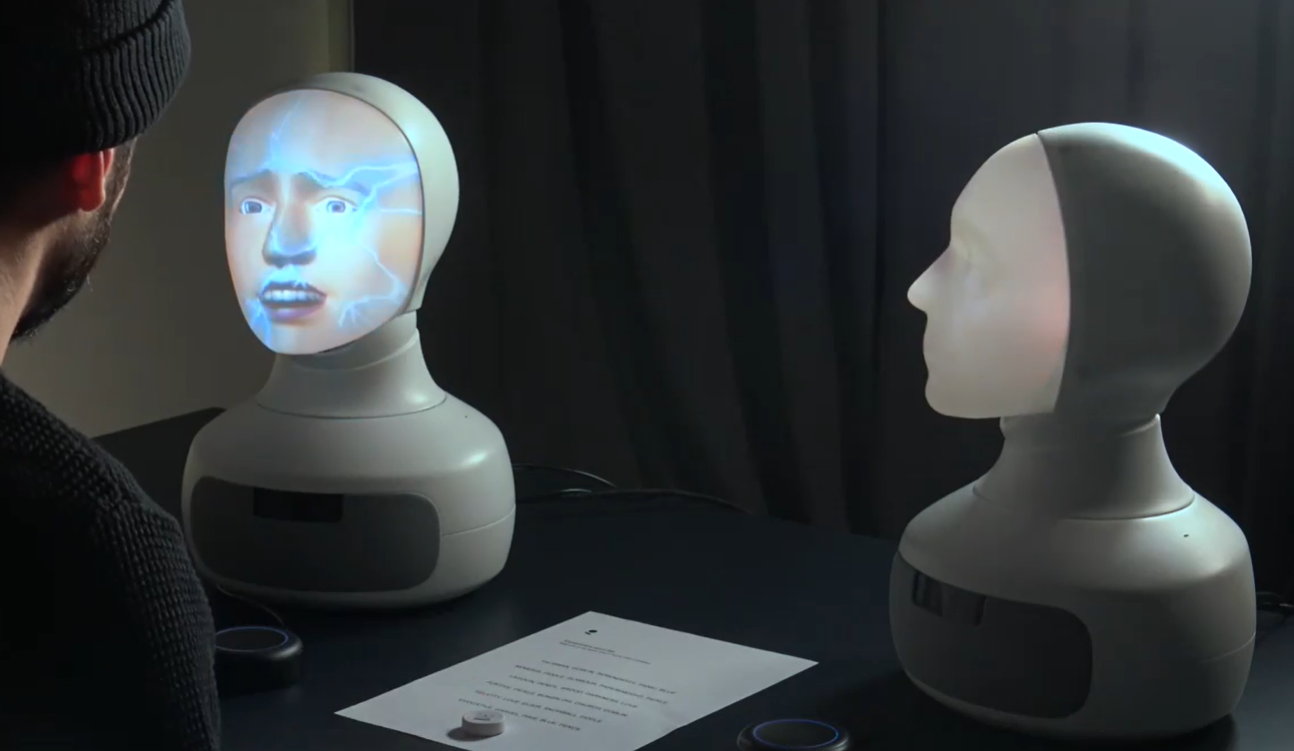
Can humans feel empathy for robots in pain?! Ever curious, Furhat's team wanted to find out by replicating a famous psychology study called the Milgram Experiment. See the outcome:
- 0 Comments
- Feb 26, 2021 10:00:00 AM
- Posted by Natalia Galvis
- Topics: Robotics, About the Robots, EdTech, STEM, Curriculum, teachers, Coding, students, programming, Technology, Edchat, Digital Technology, teaching, online, lessons, eLearning, Automation
5 Top Tips for Teaching Coding Remotely
By Jodie
 Photo by Caspar Camille Rubin on Unsplash
Photo by Caspar Camille Rubin on Unsplash
I feel I should caveat this post by saying I don’t have any formal teaching qualifications. I have, however, volunteered as an instructor for Code First: Girls on their Introduction to Web Development course and delivered it twice now. So I have a bit of experience that I want to share with others who like me could (just about) code but had never taught coding before. Both times I have taught the course online using video conferencing software such as Zoom and Google Meet. This came with its own set of challenges that these tips also consider.
Here are my top tips for teaching coding remotely.
- 0 Comments
- Feb 25, 2021 10:00:00 AM
- Posted by Natalia Galvis
- Topics: Robotics, About the Robots, EdTech, STEM, Curriculum, teachers, Coding, students, programming, Technology, Edchat, Digital Technology, teaching, online, lessons, eLearning, Automation
5 Ways to Introduce Students to Automation/Robotics
By Devin Partida
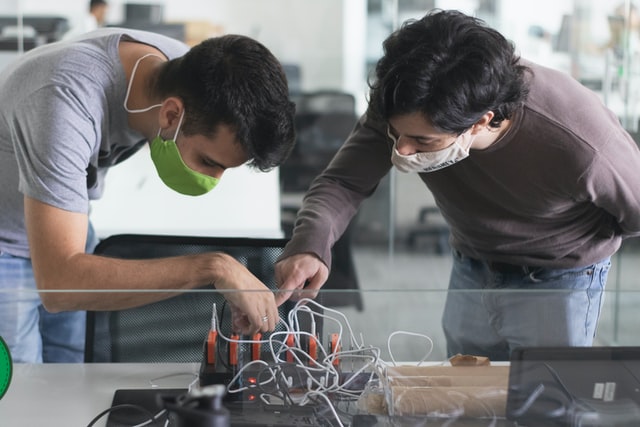 Photo by Marília Castelli on Unsplash
Photo by Marília Castelli on Unsplash
Automation and robotics are everywhere. They enable simple actions like autopay and other, more complex systems like production lines. Their uses throughout the world make them an industry of their own.
Robotics and Programming for Education
For teachers and professors, engaging STEM students of all ages is the biggest obstacle. However, with the right introduction, you can increase interest in this growing industry.
- 0 Comments
- Feb 24, 2021 10:00:00 AM
- Posted by Natalia Galvis
- Topics: Robotics, About the Robots, EdTech, STEM, Curriculum, teachers, students, Technology, Edchat, Digital Technology, teaching, online, lessons, eLearning, Automation
The cybersecurity lab by RobotLAB at Northeast Guilford High School
Hello everyone, my name is Elad Inbar, CEO of RobotLAB. Today I'd like to invite you to the cybersecurity Lab that we built for Guilford County school in North Carolina
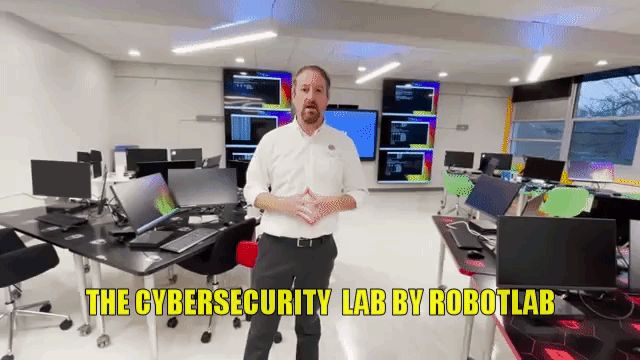
- 0 Comments
- Feb 23, 2021 4:00:00 PM
- Posted by Natalia Galvis
- Topics: Math, Math Book, EdTech, STEM, Curriculum, teachers, students, Technology, Makerspace, VR, Realidad Virtual, AR, Edchat, Gendergap, Digital Technology, Augmented Reality, teaching, online, Virtual Reality, virtual learning, lessons
How Young Kids Learn with Robots.
By Xavier James
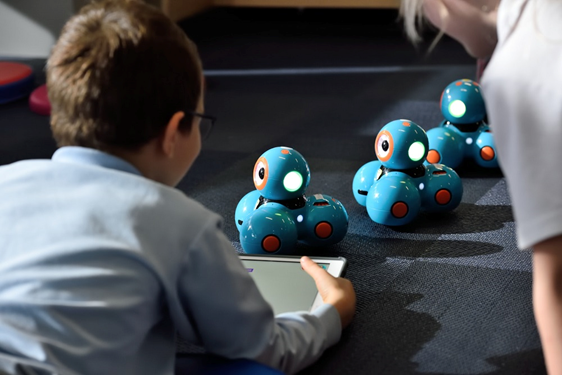 Image source: https://unsplash.com/photos/rSdkzkfvqlY
Image source: https://unsplash.com/photos/rSdkzkfvqlY
Even though the technology is becoming increasingly important in the four walls of the classroom, students often tend to shy away from learning the basics. The apparent complexity of structures and the subject itself seems to overwhelm their learning instincts.
However, as responsible leads of today, it is our responsibility to convey the advanced technological knowledge to younger ones. But, of course, that wouldn't be possible until we realize the true impact of this knowledge upon kids.
For this very reason, this post aims to help you get acquainted with how exactly and what exactly young kids learn with robots. Let's get straight into it.
- 0 Comments
- Feb 23, 2021 10:00:00 AM
- Posted by Natalia Galvis
- Topics: Math, Math Book, EdTech, STEM, Curriculum, teachers, students, Technology, Makerspace, VR, Realidad Virtual, AR, Edchat, Gendergap, Digital Technology, Augmented Reality, teaching, online, Virtual Reality, virtual learning, lessons
The AI LAB by RobotLAB at Northeast Guilford High School
Hello everyone, my name is Elad Inbar, CEO of RobotLAB. Today I'd like to invite you to the AI lab that we built for Guilford County school in North Carolina
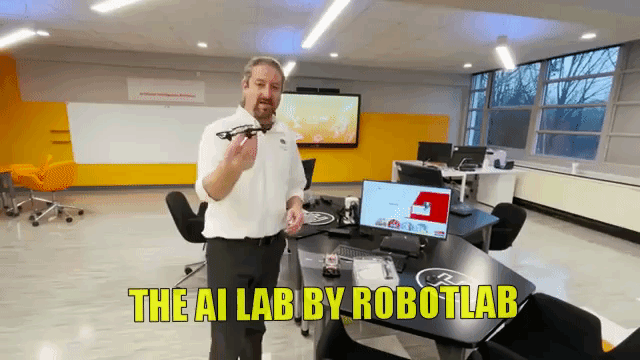
- 0 Comments
- Feb 22, 2021 4:00:00 PM
- Posted by Natalia Galvis
- Topics: Math, Math Book, EdTech, STEM, Curriculum, teachers, students, Technology, Makerspace, VR, Realidad Virtual, AR, Edchat, Gendergap, Digital Technology, Augmented Reality, teaching, online, Virtual Reality, virtual learning, lessons
Relevant Posts
Popular Posts
Subscribe to Email Updates
-
I Want To Learn MoreADDITIONAL INFORMATION



